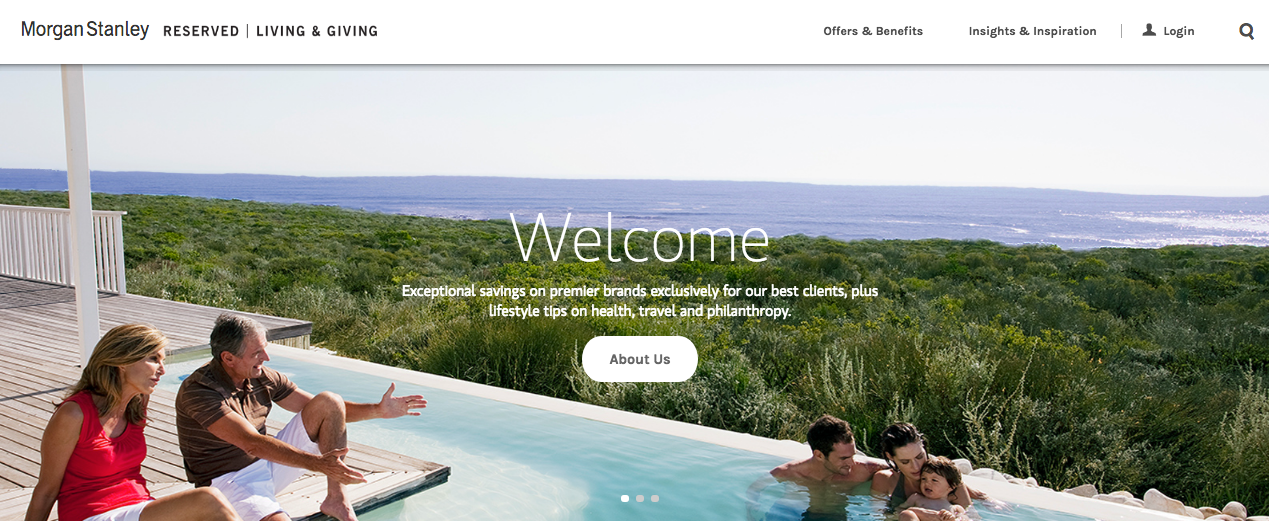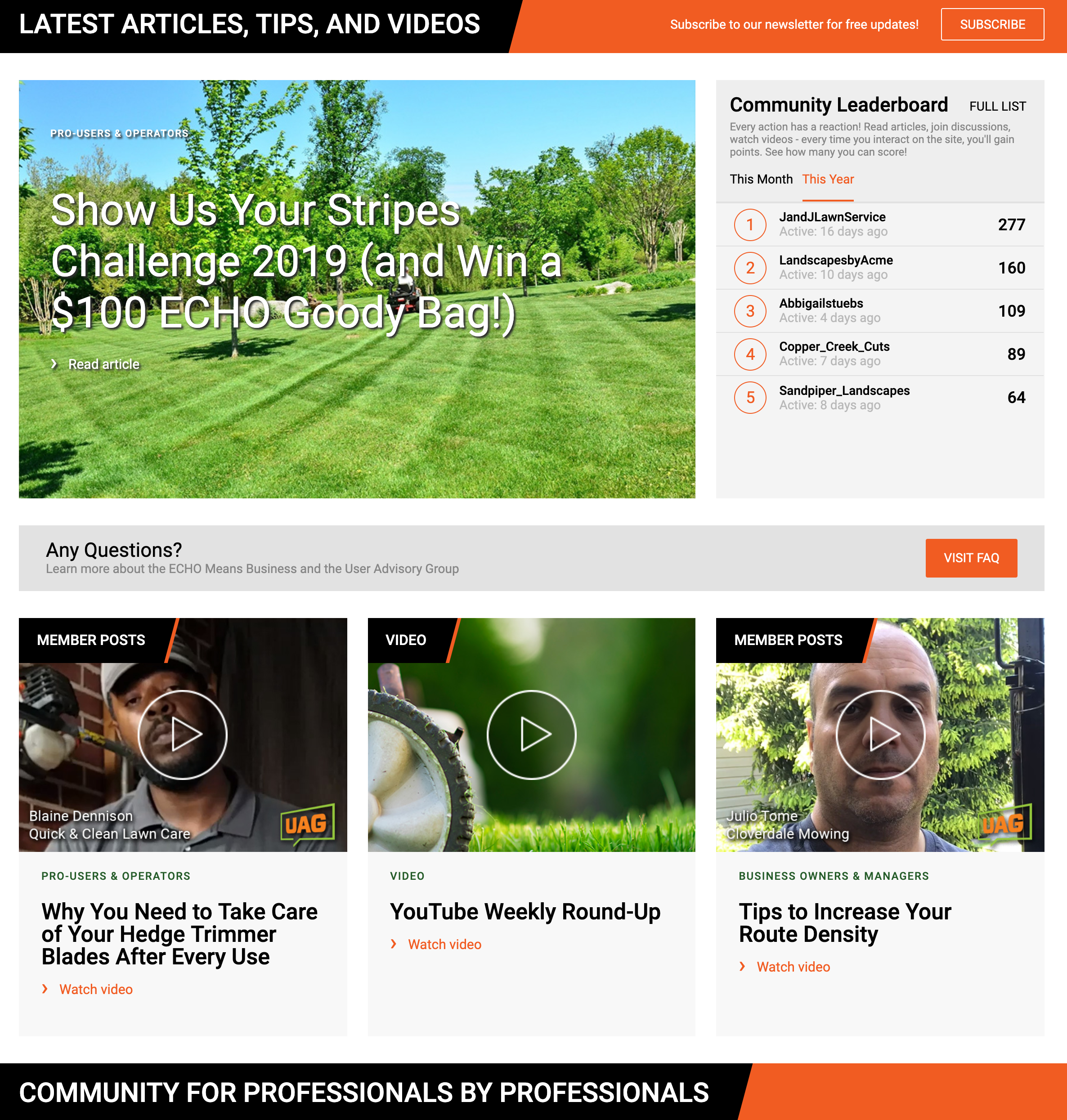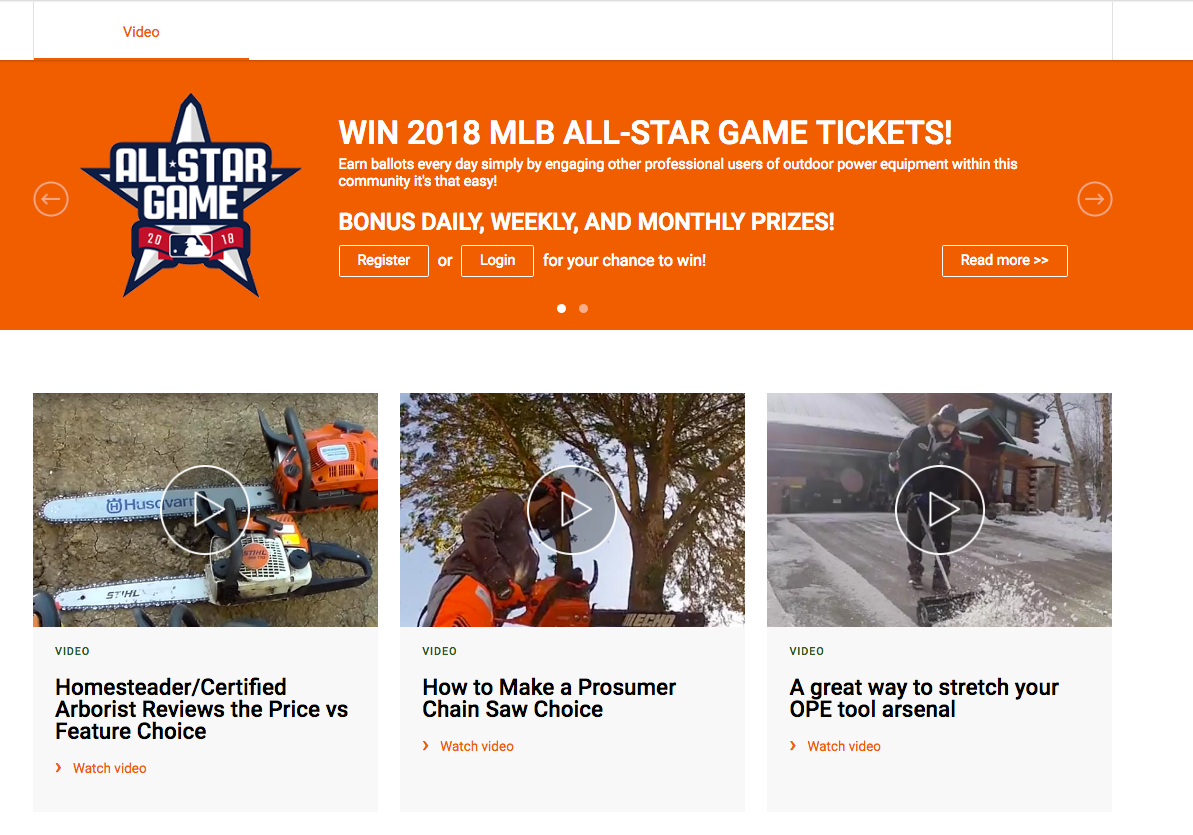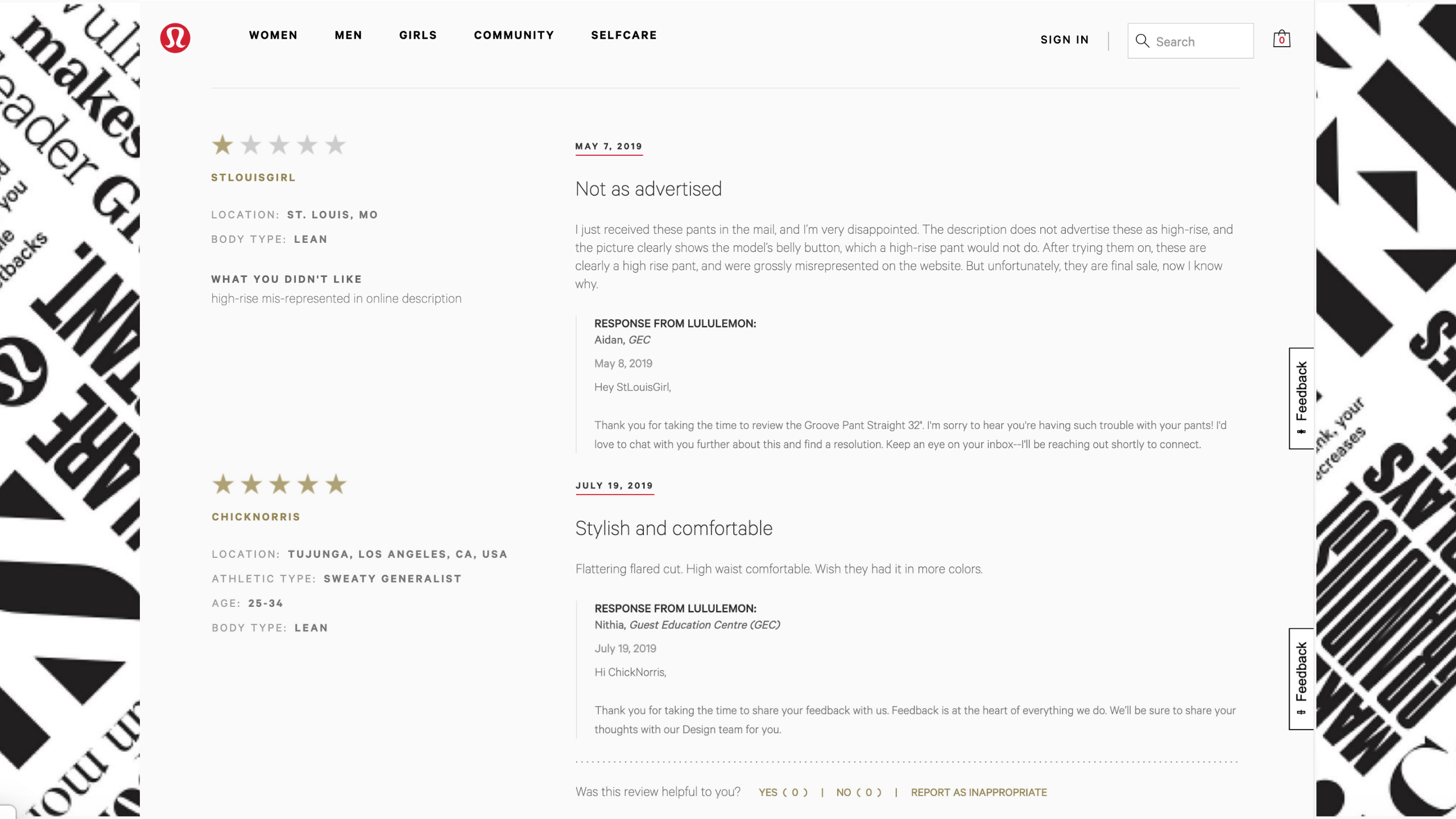How to Turn Customer Loyalty to Advocacy

I am loyal to a particular brand of shampoo, but the buck stops with me. I have an affinity for this one coffee shop, but not really loyal to it. Until it had a rewards program, at least…
In not so many marketing jargons, simply put from a customer’s perspective, that’s loyalty and advocacy right there.
A loyal customer is not necessarily an advocate, and an advocate cannot be earned without first solidifying loyalty.
I can only be a satisfied customer of that particular shampoo brand, and that spurs my loyalty. But not loyal enough to really put out a good word for it.
And it was only after I saw value in being loyal to that coffee shop through its rewards program that I recommended it to friends and family.
So what does your brand want, a loyal customer or an advocate? Your marketing strategies do not have to come down to a choice between the two.
A customer who keeps buying is good, but making that customer get others to do the same is better. And it’s not automatic.
But you can have the best of both worlds – buyer and influencer – in one customer.
Here’s how to make that customer move from loyalty to advocacy.
Build Relationships to Encourage Loyalty
With positive customer experiences, customer loyalty is already a given. But with great relationships come customer advocacy.
Create a bond with the customer by being honest, consistent, trustworthy, and living up to their expectations.
In doing so, you will create a relationship with a user who may just promote your brand out of sheer positivity.
The kind of customer relationship that creates an army of advocates is one that is built on reciprocity of loyalty.
They must feel that their patronage of your business is improving their lives and that the relationship forged with your business is a personal choice, not one of necessity.
Customer relationships should not end when a purchase is made – instead, it starts from there.
The transactional relationship should transcend “to meet users’ needs and deliver or support it in a manner that creates an emotional connection with the customer.”
The Upsell suggested taking the opportunity to show you care with some creativity, like a video or audio message, a handwritten note, or an email, which can bring tone, personality, and warmth.
To create a personal connection with your customers, know who they are what matters to them, and relate to their interests. This will make them feel important as people more than their purchasing power.
Reward their loyalty with discounts, incentives, or exclusive deals to make them feel special and closer to your brand.
BONDAi client Morgan Stanley has a customer loyalty program for their high-value clients called “Morgan Stanley Reserved Living & Giving.”
As a wealth management and investment firm, Morgan Stanley needed to keep their high-value investors while attracting potential clients at the same time.
By hosting and managing an online experience called “Reserved Access,” their clients can access various travel, entertainment, and educational perks as a reward for their loyalty.

Serve and Engage
A brand’s story is not only what the brand is about, but it is also more of how you are to your customers.
It’s not the “About Us” on your website but how you engage on your social media page.
You serve the customers’ needs better if you make life easy for them to find and reach you.
Engage them on multiple channels where clients choose to be. If they are on social media, serve them there.
The ease and convenience of being reachable by phone, e-mails, text messages, online chat, through the website, at the physical store, on the app, and in social media will help build your business’s reputation.
When you engage them through relatable content and respond to their issues, you are earning their trust, and they will see the value of their loyalty to your brand.
Build a community for your brand on social media where your customers can interact and feel they belong.
You have to make the barrier to joining your community as low as possible to make it an inviting place to be.
ECHO, an international brand of outdoor hand-held power equipment, has taken this community engagement to the next level.
With BONDAI, the ECHO Means Business community was created “to provide a strong peer-to-peer community for outdoor power equipment professionals.”
Engagement in this community became social proof among professional users and converted the users into brand advocates.

Reward Referrals and Customer Loyalty
Brands know that customers are won best by excellent service, but to make them promote your brand, you must go that extra mile. Rewards for a referral are a good idea.
Inspire your community with your giving back. It can be as simple as following you and talking about your brand on social media – jumping in and offering a free coffee or a treat voucher.
A rewards program is really about giving additional value to them to advocate for your community.
Incentivizing referrals is value-added marketing. By connecting the value of rewards with the action of sharing, you motivate customers to be your advocates.
But do make it easy for your members to share your message with as many people as possible. It makes it worthwhile and rewarding for them to bring others into the community.
No one would want to spend so much time figuring out how to share your community with their friends.
Ideally, with just one click, they should be able to share their experiences with your brand community. That’s how you value their time and yours, too.
Again, an example is ECHO.
Game tickets are up for grabs for community members to simply engage, share their stories, and bring others into the community.

Make that Feedback Count
There’s nothing more encouraging than knowing that brands are really listening to you.
When you ask for a review, use it. Make your customers feel that it is not a futile exercise for them to complete that survey or feedback form.
Let them know that their feedback actually matters to you. When you get feedback, acknowledge and use it.
So, if you ever get suggestions, make sure to use them as much as possible.
And once you do, give credit to whom it is due. You do not only make your customers feel important, but make them want to share that experience with others.
It helps to know that there is merit in giving their 2 cents worth.
The goal of customer feedback is to understand whether we’re hitting our and customers’ goals or not. It’s about getting customer input throughout the development cycle and getting a more complete picture of their needs.
Product Management Insider
Lululemon Athletica, a Canadian apparel company for yoga, running, and training, is a feedback-friendly brand.
As best practice, Lululemon shows all feedback about its products on its site.
They acknowledge it and are open to it. This way, they are helping customers make a better judgment before any purchase.
Ultimately, customer feedback helps and guides future product development and design.

According to Social Seeder, consumers are loyal because they either like your brand, or they don’t have a choice, or you are the only accessible option.
Advocates spread the word about your brand because it brings value to another person, enables them to stay connected to people, makes them feel involved, or simply because they want to help a good cause.
Loyalty or advocacy?
Bottom line: build better bonds with your customers, prospects, and partners.
That is what will bring value to the story of your brand.
Forge Unbreakable Bonds, Drive Growth
Break free from traditional models, secure your clients, and position your firm for enduring success.
Discover the BONDAi Difference Today.